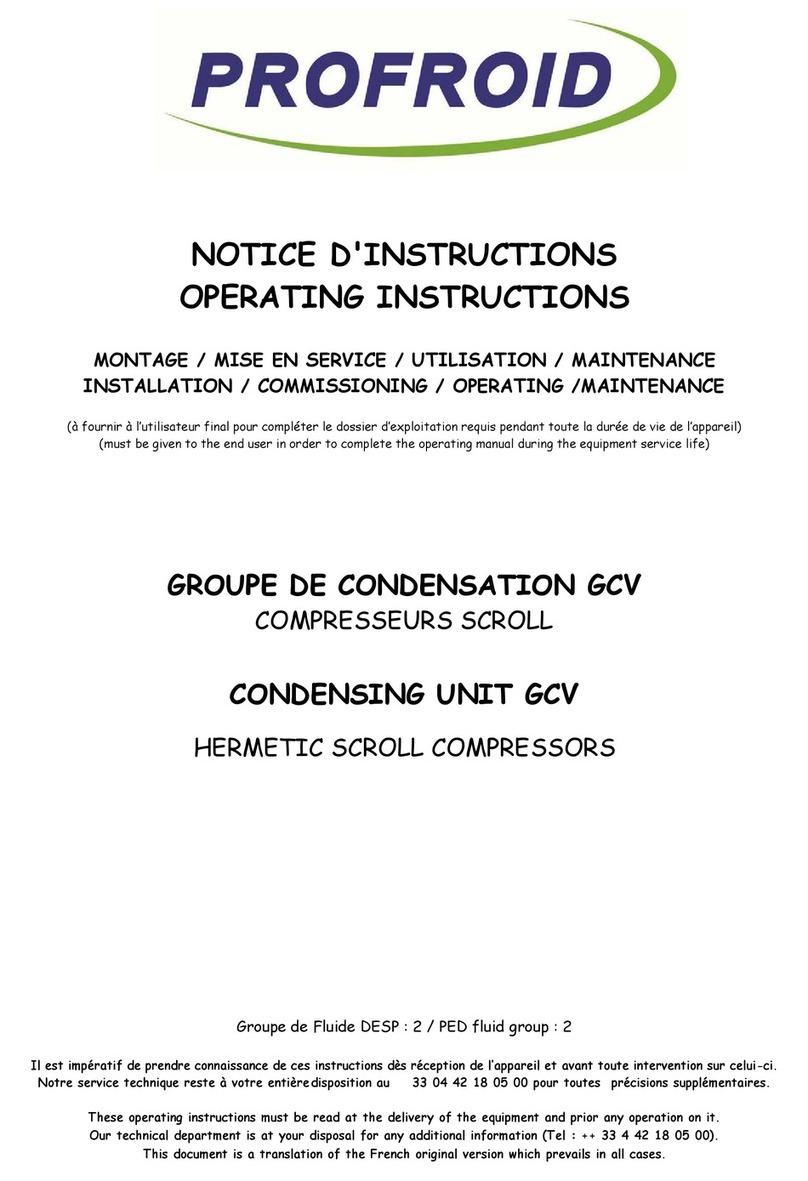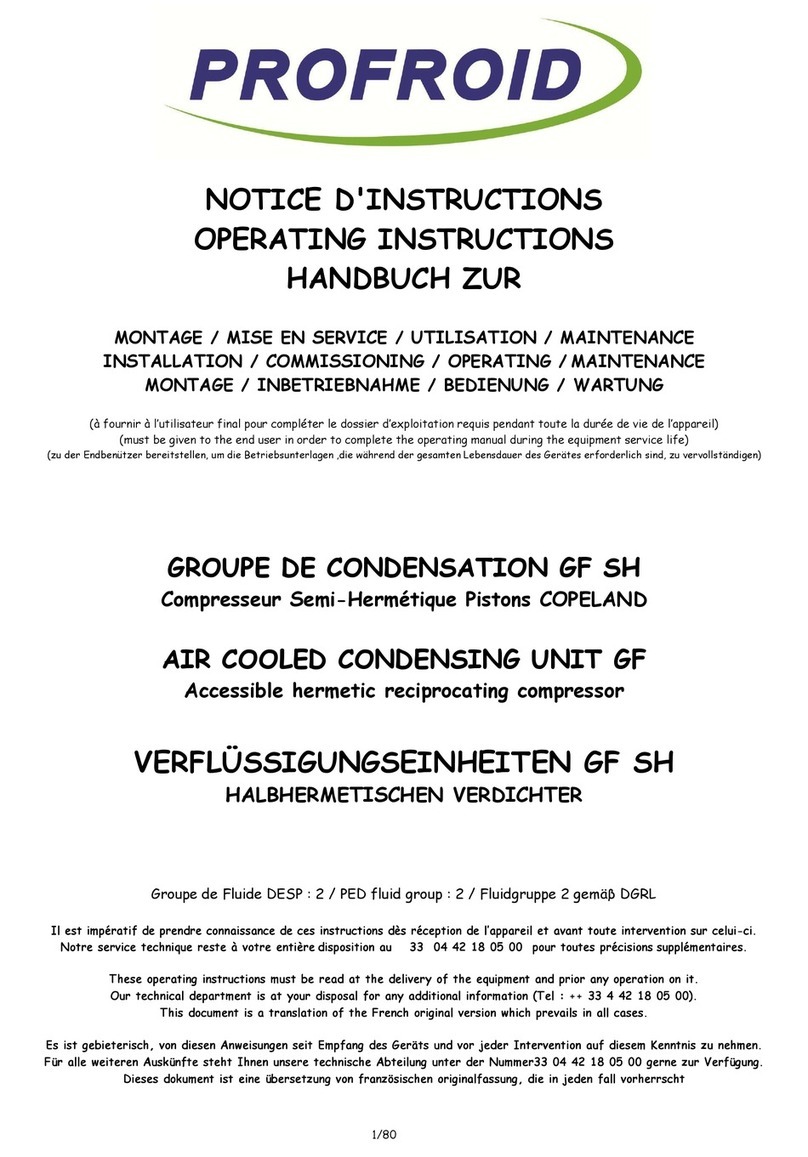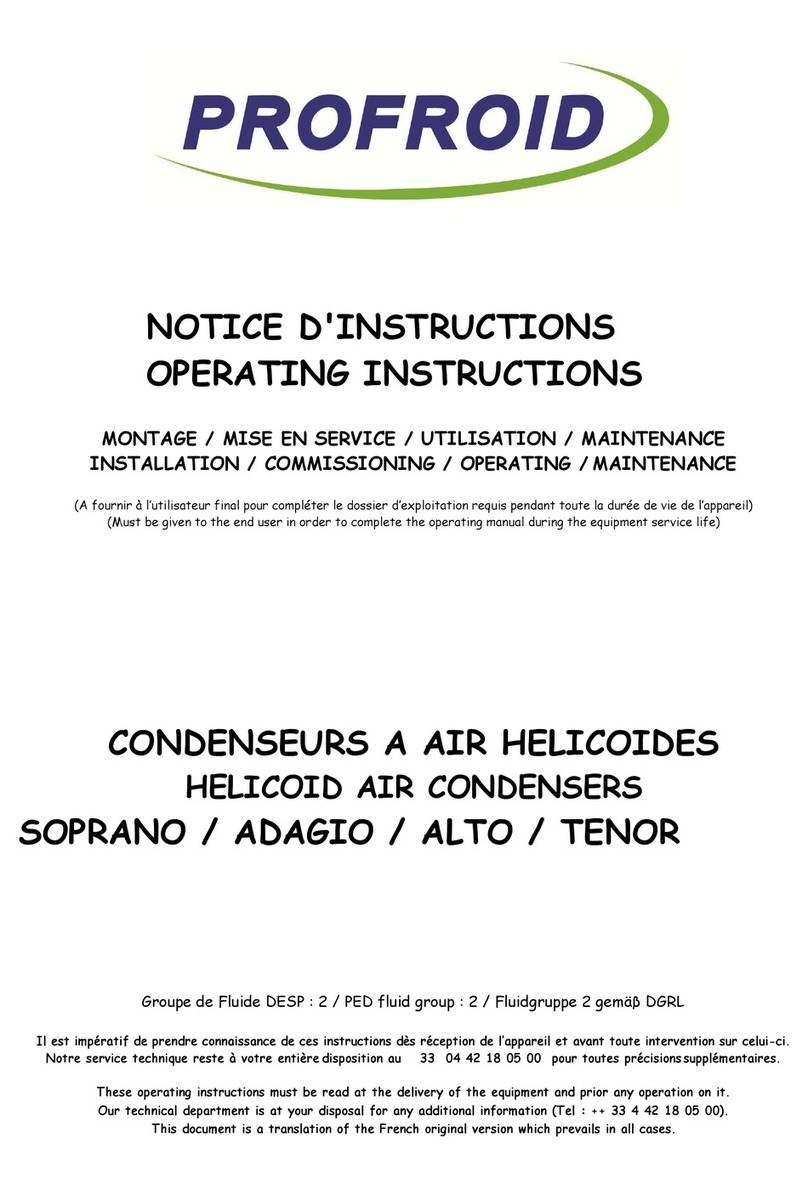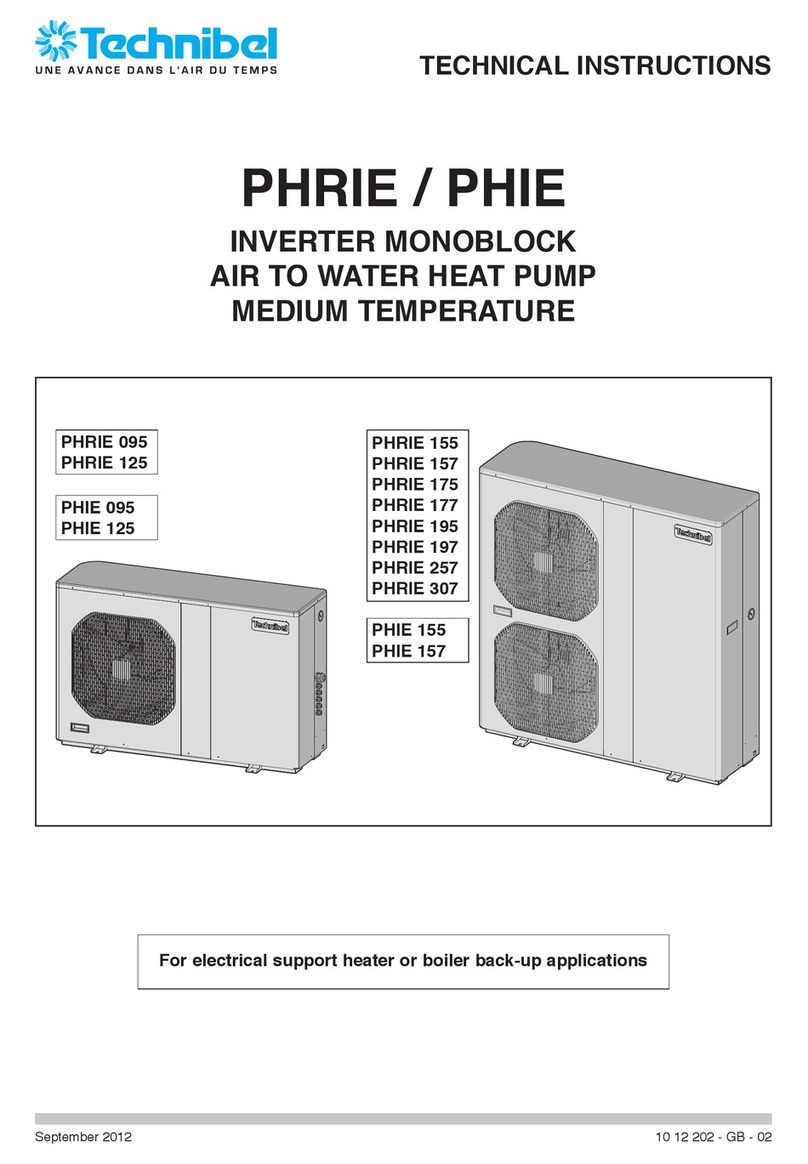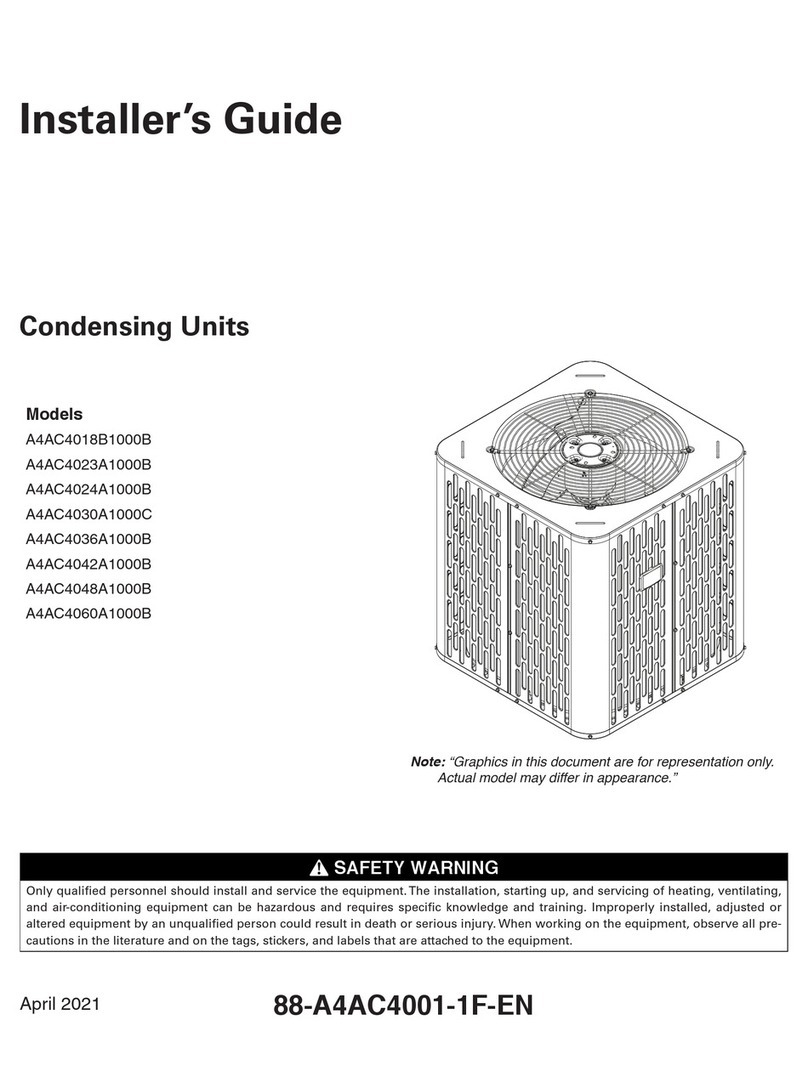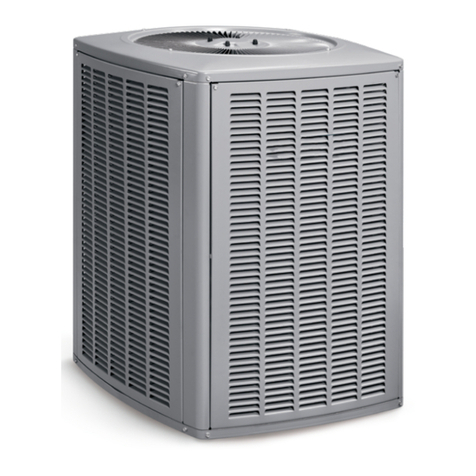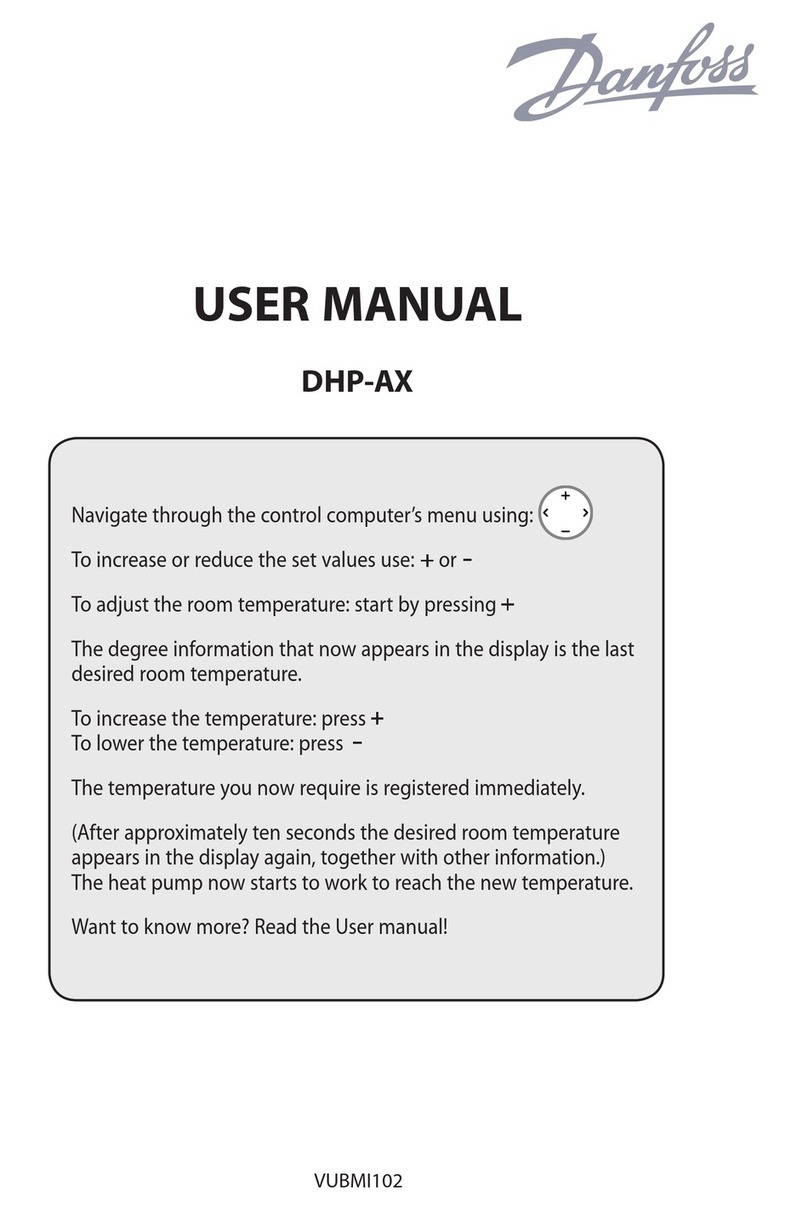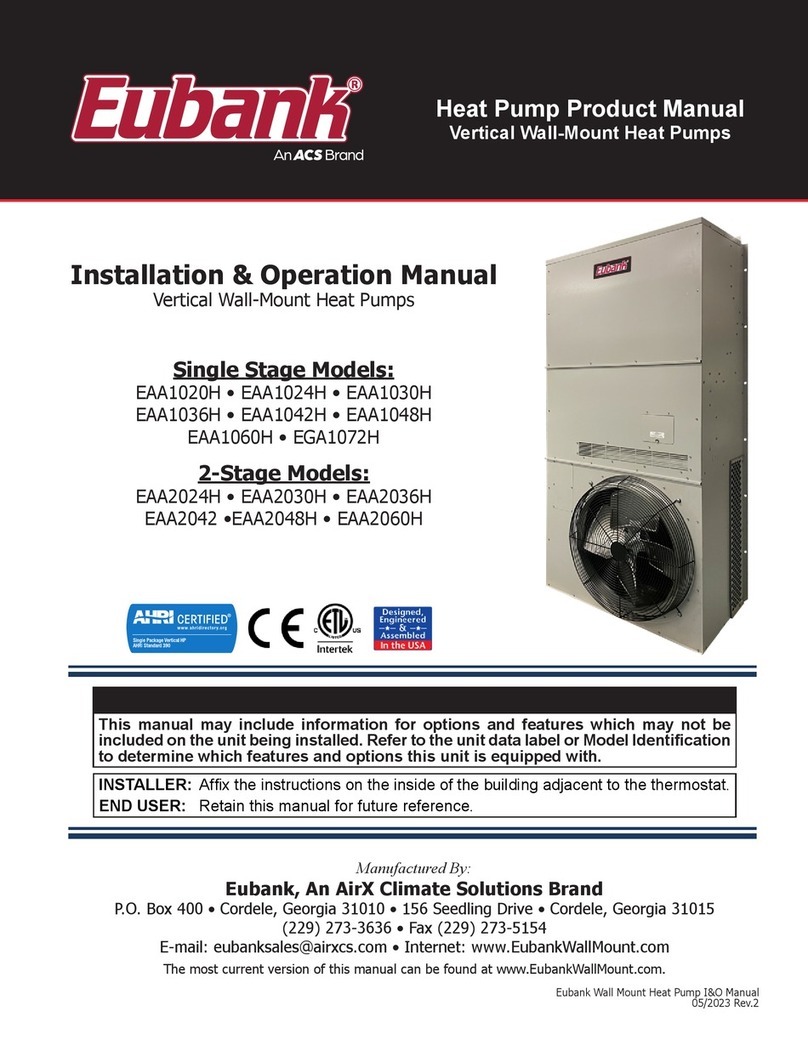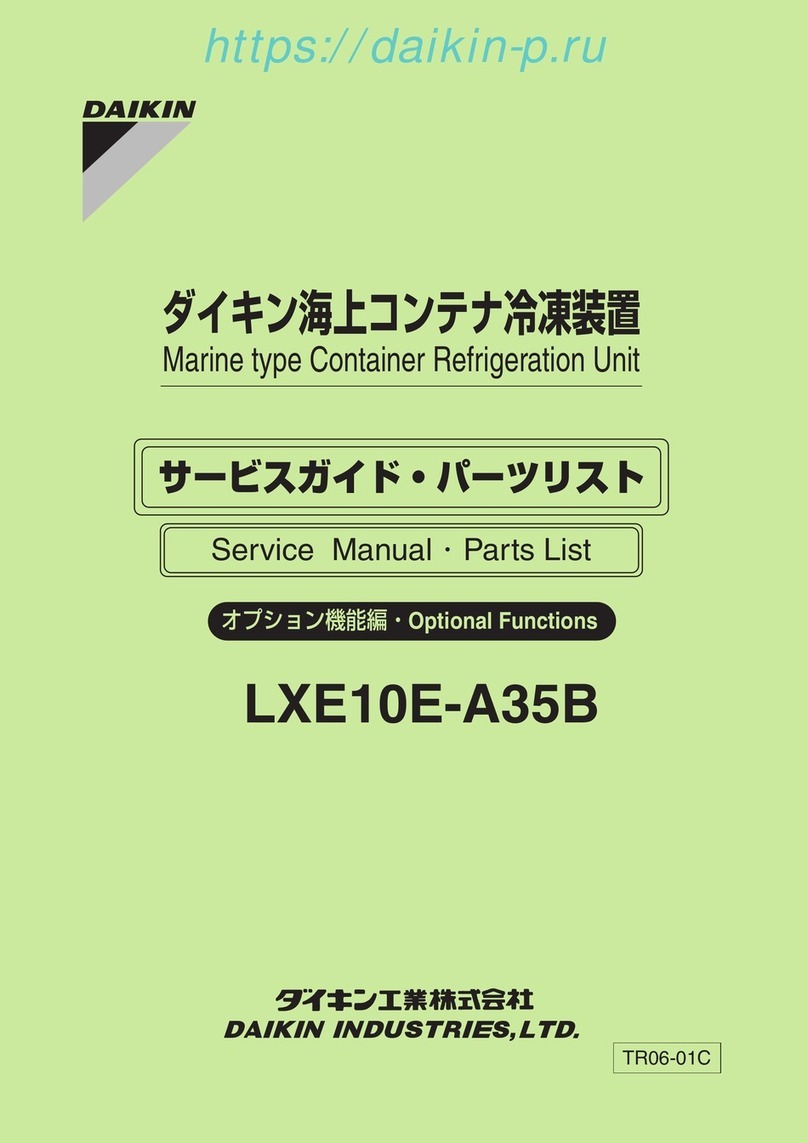Profroid CONDENSEURS User manual

1
CLEANING GUIDE FOR OUTSIDE HEAT
EXCHANGERS
CONDENSEURS / GASCOOLERS / DRYCOOLERS

2
Table of contents
CLEANING INSTRUCTIONS FOR OUTDOOR HEAT EXCHANGERS ............................................. 3
1. GENERAL RULES .................................................................................................................................................... 3
2. LO PRESSURE CLEANING – SLIGHTLY SOILED COILS .......................................................................................... 4
3. HIGH PRESSURE CLEANING – MODERATELY SOILED COILS .................................................................................. 6
4. HEAT EXCHANGERS ITH BLYGOLD® COATING ................................................................................................... 6
5. HEAT EXCHANGERS ITH HERESITE® COATING ................................................................................................... 7

3
CLEANING GUIDE FOR OUTDOOR HEAT EXCHANGERS
1. GENERAL RULES
It is strongly recommended to regularly clean coil of the heat exchanger, at least once a year. Insufficiently maintained
equipment will have a short life expectancy, compared with an identical equipment with regular routine maintenance.
An insufficiently maintained equipment exposed to an aggressive environment, may be quickly deteriorated, even if an
appropriate protective treatment has been applied for the manufacturing of equipment.
The purpose of the cleaning is to get rid of all the hydroscopic crystals as well as deposits of all kinds.
Depending on the environmental and operating conditions, it may be necessary to increase the frequency of cleaning,
particularly depending on:
- operating time of the fans
- quality of the surrounding air (proximity to sea, factories, relative humidity, ...)
- presence of adiabatic ramps
The frequency of the cleaning operations is mainly function of the conditions of use and of the amount of the deposits. That's
why, it is recommended to regularly carry out a visual inspection of the exchanger in order to start a cleaning operation as soon
as necessary.
A late cleaning :
- will take longer time to achieve
- will be more complex to achieve
- reduces the life expectancy of the exchanger
Below, 3 pictu es of exchange s at diffe ent states of soiling (photos given as an indication).
Turn off the entire unit, and secure the unit against unintentional power-on.
Comply with the site's specific safety instructions.
For heat exchangers with BLYGOLD® or HERESITE® coating, refer to the paragraph specific to each treatment.
If the fins are damaged, it is necessary to straighten them with an appropriate tool before starting a cleaning procedure.

4
Adiabatic system
Misuse of adiabatic systems can become an aggravating factor in heat exchanger soiling. As a reminder:
- Only PROFROID adiabatic supplied systems must be used on PROFROID exchangers. Any other system of misting, spraying or
watering is prohibited
- The quality of the water must be regularly checked according to the criteria described in our Instruction and Operation
Manual (IOM), see specific chapter of the manual. This verification must be recorded in the maintenance book of the
installation.
- Direct spraying of the water on the heat exchanger is forbidden, refer to the rules for mounting the adiabatic systems, see
specific chapter of the manual.
Genera safety recommendations
hatever the method of cleaning, it is necessary to respect the following rules:
- The complete device must be switched off and secured against unintentional power-on.
- Secure the intervention area with visible markup.
- Prohibit the access of the secured area to any unauthorized person.
- Take note of the emergency numbers for the site.
- Check the adequacy of the energies delivered and the necessary tools.
- The motors of the fans must be protected against any splashing of water.
- hen cleaning mechanically, it is forbidden to use "hard" objects: metal brush, screwdriver, ...
- It is mandatory to maintain a minimum distance between the cleaning devices and the heat exchanger. This distance is
function of the clogging of the battery and the chosen cleaning method. See details in the chapters below.
- It is mandatory to start using the cleaning means (air or water) out of the heat exchanger before proceeding on the heat
exchanger, then start cleaning at a distance greater than the recommended minimum distance, then move closer gradually.
- hen using hot water, the maximum allowed temperature is 80 ° C.
- hatever the chosen method, the cleaning must ensure the elimination of all the dirt.
- hen using cleaning agents other than water, they must be compatible with all the elements of the exchanger and must not
subsequently corrode the materials used for the manufacturing of the exchanger.
- It is mandatory to ensure that the cleaning agents used have no impact on the environment, either by using non-aggressive
products or by collecting and treating the effluents resulting from the cleaning of the heat exchangers.
- Operators must wear the required individual security equipment required for this operation: gloves, glasses,… in accordance
with the safety data sheets
- The safety sheets of the products must be visible to anyone near the place of intervention
2. LOW PRESSURE CLEANING – SLIGHTLY SOILED COILS
Turn off the entire unit, and secure the unit against unintentional power-on.
Comply with the site's specific safety instructions.
Dry air c eaning
For slightly soiled heat exchangers: dust, non-clogging dry residues, leaves,… it is preferable to carry out a "mechanical +
compressed air" cleaning:
- Initially clean with a non-metallic brush (soft brush).
- Suck the front surfaces with a vacuum cleaner.
- Repeat this operation as necessary until you obtain a perfectly clean surface.
- Use dry air at a maximum pressure of 7 bar. Minimum distance to keep between the jet of compressed air and the battery =
150mm.
- Orient the compressed air perpendicularly to the exchanger. An angled position will cause the fins to fold.

5
C eaning with c ean water ( ow pressure)
- For slightly dirty coils, it is also possible to clean with clean water.
- Initially clean with a non-metallic brush (soft brush).
- Suck the front surfaces with a vacuum cleaner.
- After brushing and vacuuming, clean the coil with a jet of water (ideally flat jet). Use clear water at the pressure of the tap
water network (3 bar max). Minimum distance to keep between the exchanger and the water jet = 400mmm.
- Repeat this operation as necessary until you obtain a perfectly clean surface.
- Orient the water jet perpendicularly to the exchanger. An angled position will cause the fins to fold.
- Make sure not to orient the jet towards the fans, it is mandatory to protect the fans against splashing water.
- hen using cleaning agents other than water, choose a neutral pH fluid (pH = 7), and rinse with clean water. Be sure that:
othese cleaning agents are compatible with all the elements of the exchanger and are not likely to corrode
materials used for the manufacturing of the exchanger
othese cleaning agents used have no impact on the environment, either by using non-aggressive products or
by collecting and treating the effluents resulting from the cleaning of the heat exchangers
400 mm

6
3. HIGH PRESSURE CLEANING – MODERATELY SOILED COILS
Turn off the entire unit, and secure the unit against unintentional power-on.
Comply with the site's specific safety instructions.
C eaning with a water pressure washer
For moderately soiled heat exchangers: wet or oily dust, residues with little clogging,… it is possible to use a pressure washer.
- Choose a nozzle to obtain a flat jet (25°)
- Before proceeding on the heat exchangers, it is recommended to activate the hose outside of the heat exchangers, then start
the cleaning at a distance greater than the minimum distance allowed. Use a pressure washer with a maximum pressure of 110
bar. Minimum distance to keep between the hose and the exchanger = 400 mm
- Orient the flat jet facing the fins and perpendicularly to the heat exchanger. An angled position will cause the fins to fold. A
parallel position will have the effect of spreading the fins.
- Make sure not to orient the jet towards the fans, it is mandatory to protect the fans against splashing water.
- Repeat this operation as necessary until you obtain a perfectly clean surface.
- hen using cleaning agents other than water, choose a neutral pH fluid (pH = 7), and rinse with clean water. Be sure that:
othese cleaning agents are compatible with all the elements of the exchanger and are not likely to corrode
materials used for the manufacturing of the exchanger
othese cleaning agents used have no impact on the environment, either by using non-aggressive products or
by collecting and treating the effluents resulting from the cleaning of the batteries
4. HEAT EXCHANGERS WITH BLYGOLD® COATING
Turn off the entire unit, and secure the unit against unintentional power-on.
Comply with the site's specific safety instructions.
For maintenance on heat exchangers coated with Blygold® treatment, please refer to Blygold® COIL CLEAN procedure attached
below.
It is an obligation to respect the distance and water pressure indicated in previous chapter (110bars maximum @ 400mm
minimum) as well as the spraying instructions described in chapter 3 - HIGH PRESSURE CLEANING – SLIGHTLY SOILED COILS
400 mm

7
5. HEAT EXCHANGERS WITH HERESITE® COATING
Turn off the entire unit, and secure the unit against unintentional power-on.
Comply with the site's specific safety instructions.
For maintenance on heat exchangers coated with HERESITE® treatment, please refer to SAKAPHEN® INSTRUCTION TECHNIQUE
INS/TEC/18 procedure attached below.
It is an obligation to respect the distance and water pressure indicated in previous chapter (3 bar maximum @ 400mm
minimum) as well as the spraying instructions described in chapter 2 - LO PRESSURE CLEANING – SLIGHTLY SOILED COILS

8
This manual suits for next models
2
Table of contents
Other Profroid Heat Pump manuals
Popular Heat Pump manuals by other brands

Pioneer
Pioneer CB009GMFILCFHD Service manual
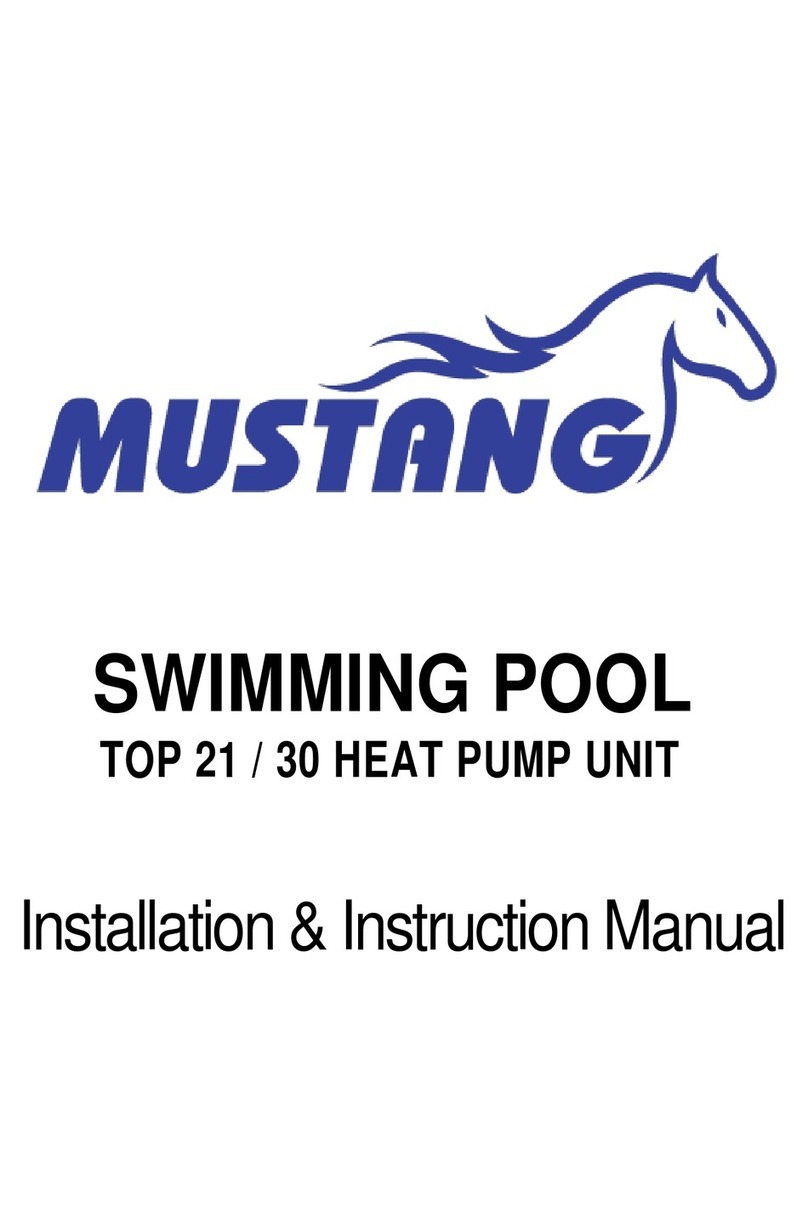
Mustang
Mustang TOP 21 Installation instructions manual

Trane
Trane 4TWA7 Installer's guide

Airxcel
Airxcel Eubank EAA1020H Installation & operation manual

International comfort products
International comfort products N2H3 Series installation instructions
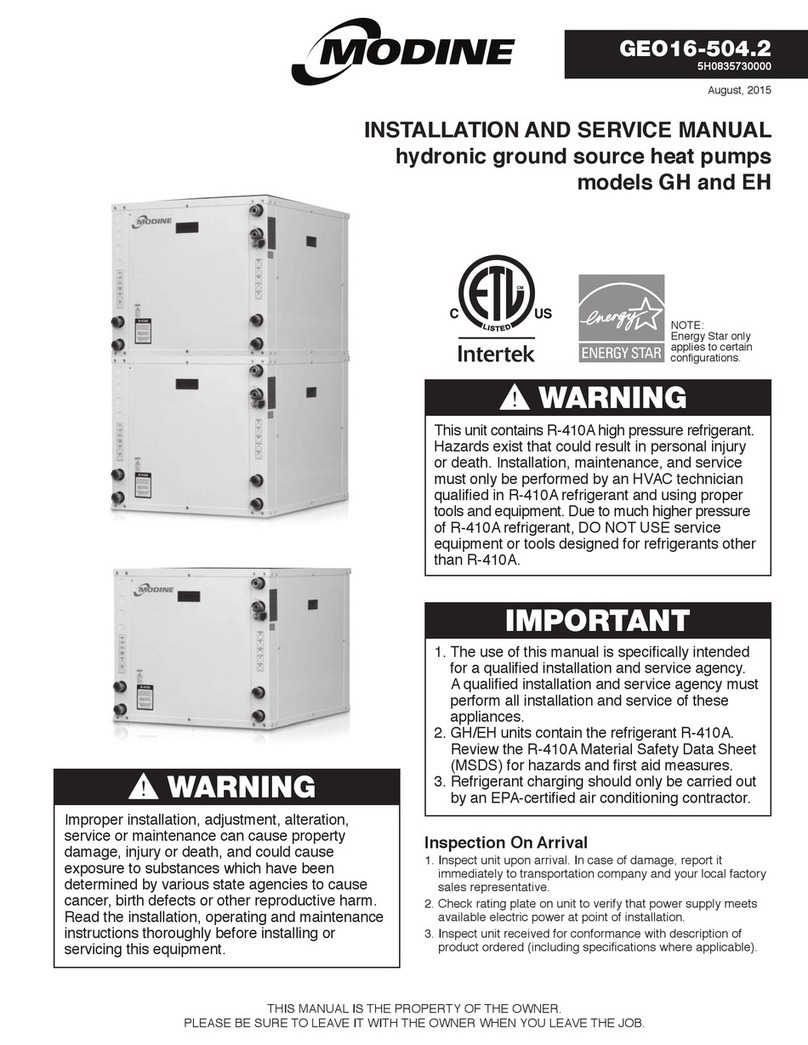
Modine Manufacturing
Modine Manufacturing 36 Installation and service manual

